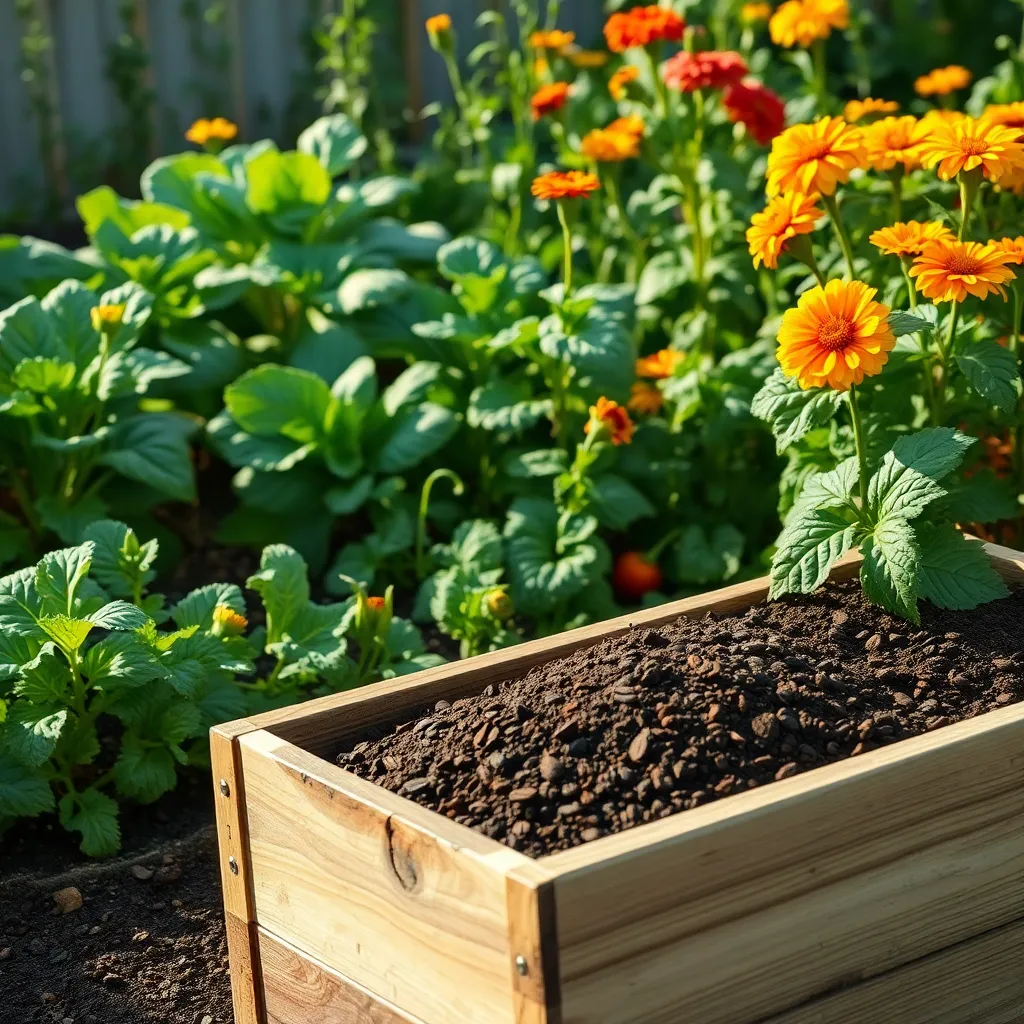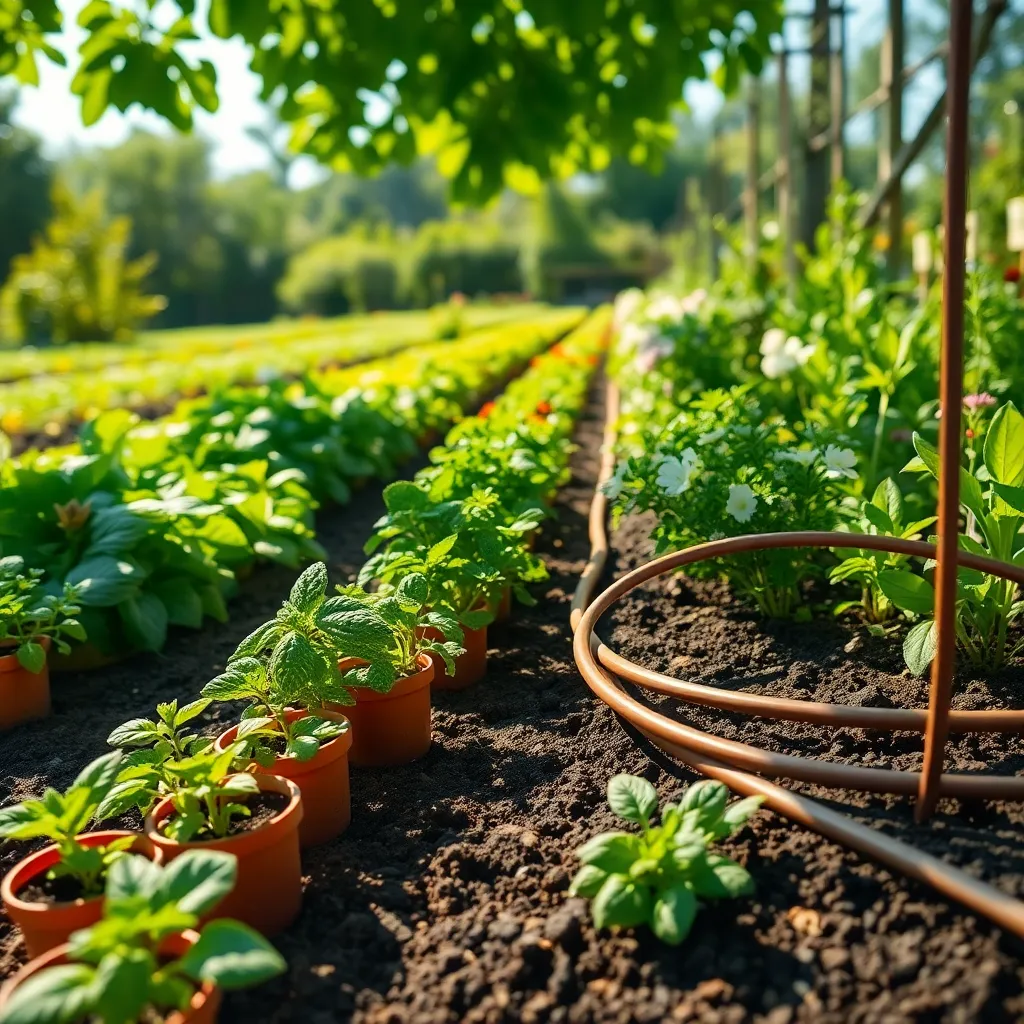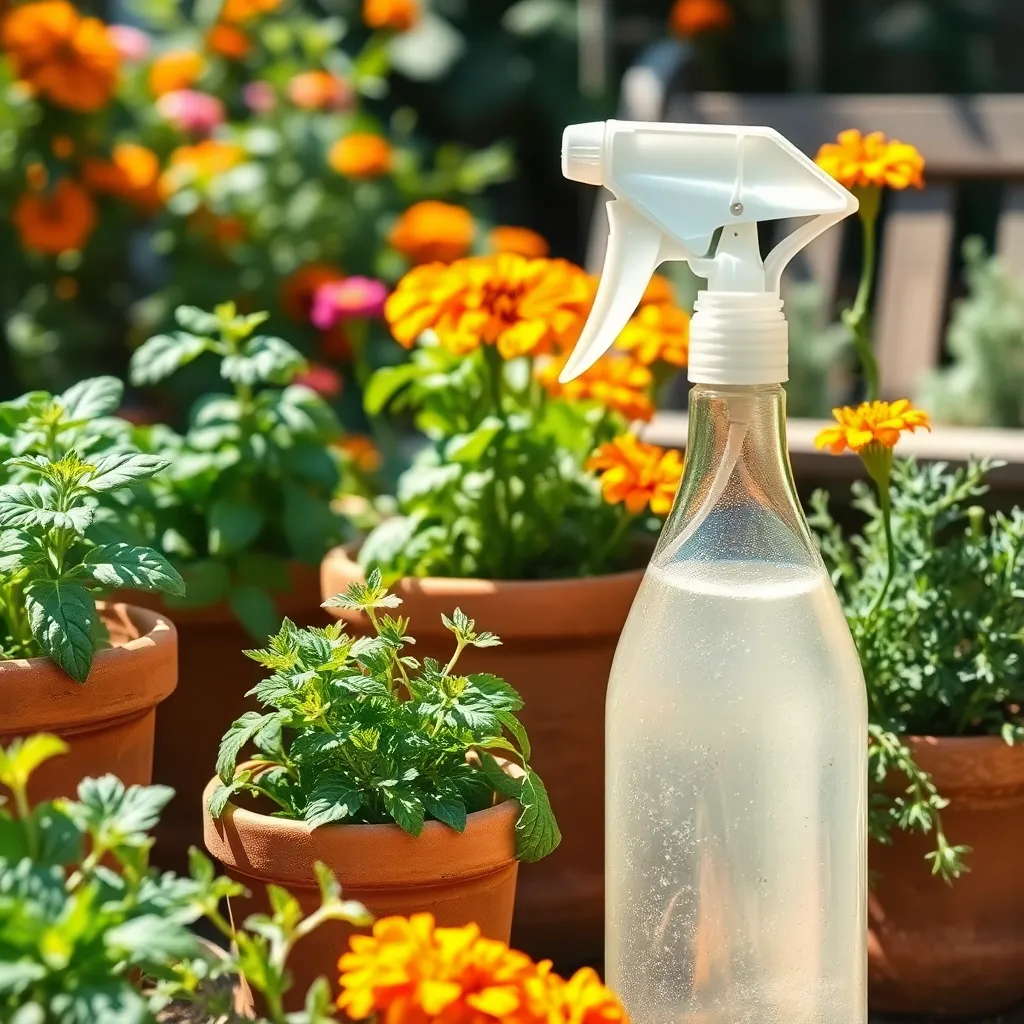Gardening is a journey that blooms with every new discovery, whether you’re sowing your first seeds or nurturing an established oasis. As any gardener knows, it’s the little things that can make a big difference, and sometimes, a few well-placed hacks can transform your gardening experience, making it more fruitful and enjoyable.
For those just starting out, the world of gardening might seem a bit overwhelming with its myriad of techniques and tools. Fear not, because this article is here to guide you through a collection of simple yet effective gardening hacks that will help demystify the process and set you up for success.
Seasoned gardeners, you’re not left out—these hacks are designed to refresh your routine and perhaps introduce you to a trick or two you hadn’t yet considered. From improving soil health to maximizing space, these tips are versatile enough to elevate any garden, no matter the size or maturity. As you read on, you’ll discover practical solutions that are as easy to implement as they are rewarding, ensuring your garden thrives with minimal fuss.
Repurpose Eggshells for Seedlings

Transforming eggshells into seedling starters is a simple yet effective gardening hack. Begin by gently cracking eggs at the top, removing the contents for cooking, and rinsing the shells thoroughly to avoid any smell or pests.
Once cleaned, poke a small drainage hole in the bottom of each shell using a pin or needle. This allows excess water to drain, preventing root rot and ensuring the seedlings have a healthy start.
Fill each eggshell with a lightweight potting mix, such as a peat-based or seed-starting soil, which provides excellent moisture retention and aeration. Plant your seeds according to their recommended depth, generally about twice the size of the seed itself.
Place the eggshell planters in an egg carton to keep them upright and stable. Water them lightly, ensuring the soil is consistently moist but not waterlogged, and place them in a sunny windowsill or under grow lights for optimal growth.
- For Beginners: Start with easy-to-grow seeds like herbs or lettuce, which germinate quickly and thrive in small spaces.
- Advanced Tip: Once seedlings have developed two true leaves, gently crack the eggshell to plant them directly into the soil, shell and all, as it adds calcium and enriches the earth.
Use Coffee Grounds as Fertilizer

Consider using coffee grounds as a natural fertilizer to enrich your garden soil. These grounds are rich in nitrogen, which is essential for plant growth, and can improve soil structure when mixed in.
To use coffee grounds effectively, sprinkle them thinly over your garden soil and gently rake them in. This helps in preventing clumping, which can limit air and water flow to the roots.
For a more targeted approach, mix coffee grounds with a bit of water to create a liquid fertilizer. Apply this mixture to the base of plants that thrive in slightly acidic conditions, such as tomatoes, roses, and blueberries.
Advanced gardeners can also incorporate coffee grounds into their compost piles. This not only boosts the compost’s nitrogen content but also speeds up the decomposition process, resulting in richer compost.
Create DIY Drip Irrigation System

Creating a DIY drip irrigation system is a fantastic way to efficiently water your garden without breaking the bank. This simple and effective method ensures your plants receive consistent moisture, reducing water wastage and the risk of overwatering.
Start by gathering some basic materials: a plastic bottle, a nail, and a sharp knife or scissors. Using the nail, carefully poke several small holes in the sides of the bottle, ensuring they’re evenly distributed to allow for a uniform water release.
Next, bury the bottle about halfway into the soil near your plants, keeping the cap on to control the flow. Fill the bottle with water, and it will gradually seep through the holes, keeping the roots moist and promoting healthy growth.
For those with larger gardens, consider linking multiple bottles or using a hose with drip emitters for more expansive coverage. This method is particularly useful for drought-prone areas where water conservation is essential.
Adjust the number of holes and their size based on your plant’s specific water needs and soil type. Sandy soils may require more frequent refills due to faster drainage, while clay soils might need fewer holes to prevent waterlogging.
Experiment with the system to find the perfect balance for your garden’s unique conditions. You’ll not only save water but also enjoy the convenience of a self-watering garden, freeing up more time to enjoy your plants.
Make Natural Pest-Repellent Spray

Creating a natural pest-repellent spray is a simple and effective way to protect your garden without harsh chemicals. To start, gather common ingredients like garlic, onion, and cayenne pepper, which are known for their pest-repelling properties.
Begin by chopping one medium onion and a clove of garlic, and mix them with a teaspoon of cayenne pepper in a quart of water. Let the mixture steep for at least an hour, allowing the compounds to infuse.
After steeping, strain the solution through a fine sieve or cheesecloth to remove solids, and pour it into a spray bottle. Add a few drops of dish soap to help the mixture adhere to plant leaves, enhancing its effectiveness.
Apply the spray in the early morning or late afternoon when the sun is not too intense, as this helps avoid leaf burn. Focus on spraying the undersides of leaves, where pests often hide, to maximize the repellent effect.
For best results, use this spray once a week or after heavy rain, which can wash away the residue. With this natural approach, you can maintain a healthy garden ecosystem while keeping pests at bay.
Start Composting with Kitchen Scraps

Starting a compost pile with kitchen scraps is a simple yet effective way to enrich your garden soil. By recycling organic waste, you not only reduce landfill waste but also create nutrient-rich compost that helps your plants thrive.
To begin, set up a compost bin in a convenient spot in your garden or backyard. Ideally, this area should be well-drained and receive some sunlight, as warmth accelerates the composting process.
Next, collect kitchen scraps such as fruit peels, vegetable trimmings, coffee grounds, and eggshells. Avoid adding meat, dairy, or oily foods, as these can attract pests and create odors.
Layer your kitchen scraps with brown materials like dried leaves, shredded paper, or straw. This balance of green and brown materials ensures proper aeration and helps prevent the pile from becoming too wet or compacted.
Turn the compost pile every few weeks to speed up decomposition and introduce oxygen. With patience, you’ll see your kitchen scraps transform into dark, crumbly compost that can be mixed into garden beds or used as mulch to improve soil fertility.
Conclusion: Growing Success with These Plants
As we wrap up our exploration of ‘Simple Gardening Hacks You Need to Try’, let’s revisit the five key relationship concepts that we’ve unearthed. First, we discussed the importance of nurturing your relationship with consistent care, akin to watering a garden regularly. Next, we emphasized the value of communication, much like how plants need sunlight to thrive. Third, we touched on cultivating patience in relationships, paralleling the time it takes for seeds to grow. Fourth, we highlighted the need for adaptability, just as gardeners adjust to changing seasons. Lastly, we explored the benefits of shared goals, like planning a garden together, to foster unity and growth.
Now, here’s an actionable step: choose one concept that resonates with you and implement it in your relationship today. Whether it’s planning a shared activity or setting aside time to communicate more openly, start small but start now.
Don’t forget to save or bookmark this article! It’s a valuable resource you can return to whenever your relationship needs a little nurturing. Remember, with the right care and attention, your relationship, like any well-tended garden, can flourish beautifully. Your path to relationship success begins with the simple steps you take today. 🌱
